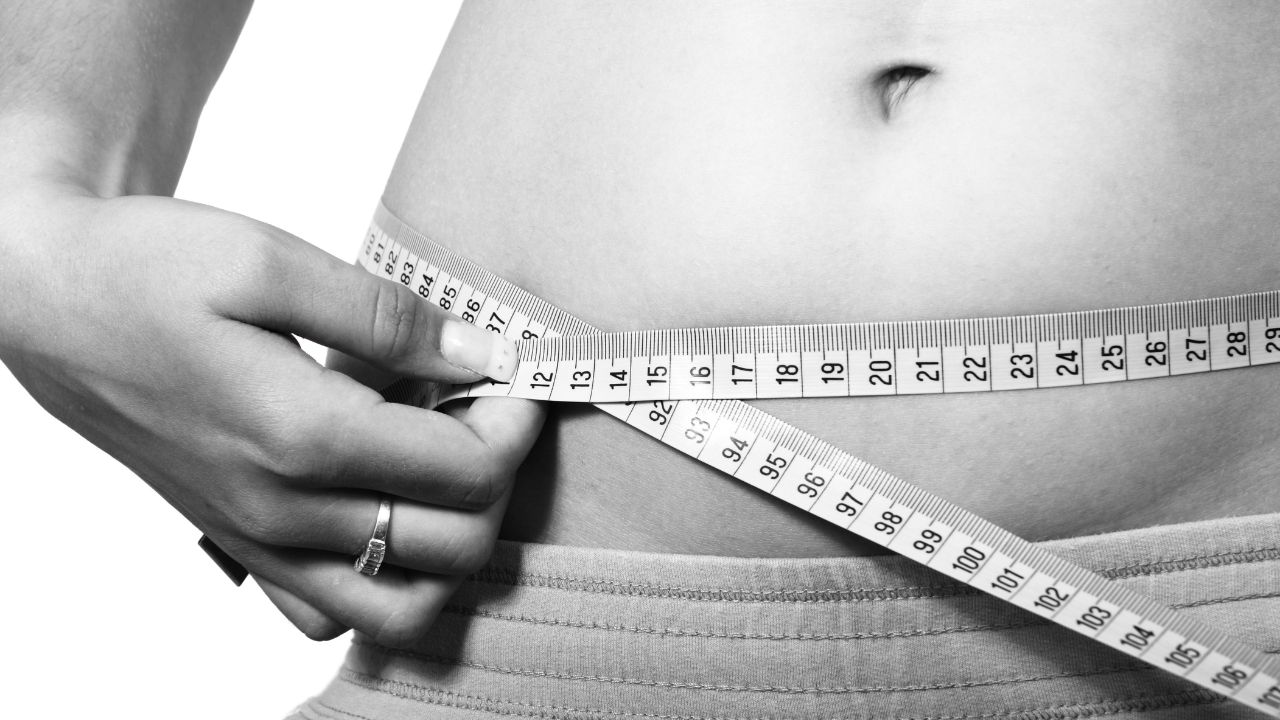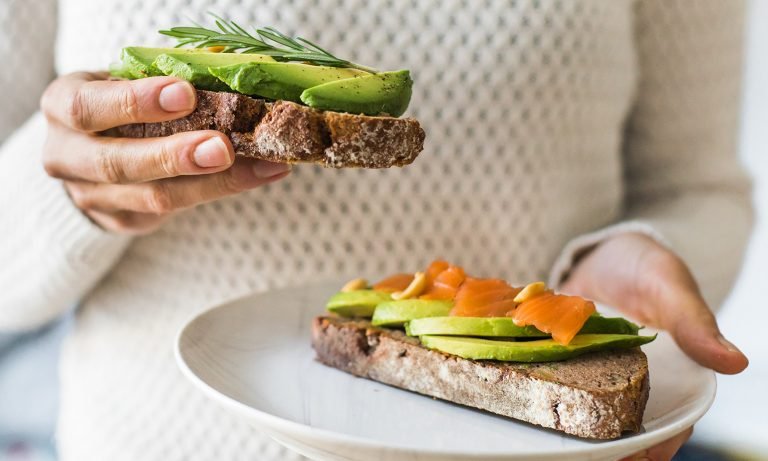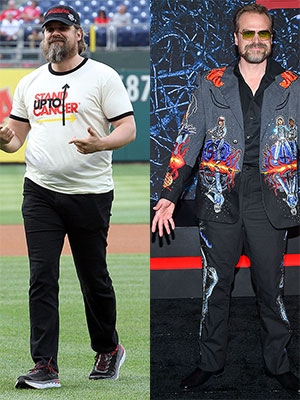
Postpartum exercises that target diastasisrecti are the best. They also help you get back into core training. These exercises involve holding the side plank position with your forearms against a solid wall and shoulder retractions. Two counts of the side plank position are required. After that, switch sides. This gentle workout will help strengthen your upper body, and light core work will help you avoid diastasis recti.
Plank
Planks are a great exercise to strengthen your core after giving birth. It can be difficult to master this technique but it will help strengthen your abdominal muscles, and flatter your back. In addition, planks will build your core connection, which is crucial for postpartum workouts.
Planks require you to engage all of your abdominal muscles and have strong balance and coordination. Planks can also help tone your abdominals and lower back. A celebrity fitness coach and Zumba influencer, Sucheta Pal, has shared 3 different plank moves for new moms that will help them strengthen their core muscles.
Side plank leg lift
Side plank legs lifts are great for strengthening the pelvic floor muscles and gluteus muscles after birth. You should consult your doctor before starting any type of exercise. You should avoid forward-flexion-based exercises as they will increase stress on your pelvic floor and aggravate diastasis recti.

Side plank leg lifts are a great exercise for postpartum women, and can be done as soon as you give birth. This move strengthens the gluteus muscles, core muscles, and obliques. It will improve your posture and strengthen your core muscle.
Kegel exercises
Kegel exercises may be an option for you if you are looking for postpartum exercises that strengthen your pelvic floor muscles. These exercises were created by Arnold Kegel in the 1940s and have become a popular treatment for urinary incontinence, uterine prolapse, and pelvic health concerns. You can also use Kegels to prevent pelvic health issues.
Kegel exercises help strengthen your pelvic floor muscles by isolating them from the pelvic muscles. These exercises can be done at home, and should be completed within 24 hours after delivery. Start by lying down on your back, with your knees bent. Your feet should be about shoulder width apart. For three counts, hold the position and repeat the process ten more times.
Walking
Walking can be a great way for women to return to exercise after pregnancy. Women can start with short walks, pushing a pram, and then progress to longer walks and more intense exercise. Talk to your doctor before you begin any strenuous activity. The woman should wait 12 weeks if the baby was delivered by c-section before beginning any strenuous activities. You should avoid doing high-impact, heavy lifting and swimming until your bleeding stops.
Walking is a great way for moms to get back into an active lifestyle after childbirth and pregnancy. Although you don't necessarily need to walk, even a short stroll in the local area can boost your mood. You can also do some exercises while you walk to improve your flexibility, strength, balance, as well as flexibility. You can also try a breastfeeding stretch, which helps open tight chest and neck muscles. For ten seconds, hold the stretch and then do it again five times.

Yoga
While it is a happy and fulfilling time in your family's life, pregnant can also be stressful. After giving birth it can be challenging to manage daily tasks. Yoga can help. You should wait at least six months after giving birth before beginning yoga classes, as your body is not yet in the same condition as it was before pregnancy.
Yoga can help with postpartum back pain. Because yoga prevents overstretching of the ligaments. Yoga also helps new moms bond and strengthen their relationships with their children. Even if your child isn't there, yoga can help you get outside your home, let go of stress, and bond together with your partner.
FAQ
How do I create an exercise routine?
The first step is to create a routine for yourself. It is important to plan what you will do each morning and how much time you will be doing it. This helps you plan ahead, and it will also help you avoid procrastination.
It is important to make sure you are getting plenty of variety from your exercise routine. You don't want your exercise to be monotonous.
It is important to track your progress. It's crucial to track your weight changes over time.
It's easy for people to lose motivation when they start by losing weight. If you gain excessive weight, it can be difficult to remain motivated.
You should find a balance between weight gain and weight loss. If you are unhappy about where you are, it will make you less likely to exercise.
Is cardio a way to quickly lose weight?
Cardio exercises are great for burning calories and helping you lose weight. It all depends on how many calories you've stored and what type exercise you do.
Cardio exercises might not be enough to lose excess weight if your body is overweight.
You need to combine them with dieting and other types of exercise.
You can lose weight by running or jogging. These exercises burn more calories than any other form of exercise.
You should train resistance to gain muscles, not fat. Resistance training is done with no cost weights, machines, elastic bands, or other equipment.
To lose weight fast, you need to combine cardio exercises with resistance training.
To lose weight fast, you need a combination of both cardio and resistance training.
How long should I fast intermittently to lose weight
It's not as easy to answer as you might think. There are many factors that need to be taken into consideration when deciding how many days of fasting is necessary for optimal fat loss. These are:
-
Your age. Your age. Intermittent fasting is more difficult for younger people under 40. You have less time to recover each day from fasting. If you are older than 60, you might find it difficult to maintain a prolonged period of daily fasting.
-
Your current body composition. Your current body composition. If you have a lot more muscle mass than you need, then you will likely be more successful with longer fasting periods. For those with less muscle mass, however, you may be able to benefit from shorter fasting times.
-
How physically active. You may need to increase your fasting time if you exercise often. This will ensure you get enough rest between workouts.
-
Your medical history. Patients with certain medical conditions, such as heart disease, diabetes, or cancer, may need additional fasting monitoring.
-
How well do you tolerate stress? Stressful situations often make us eat less. You may need to extend your fasting times in order to avoid this problem.
-
Which type of diet you choose. Certain diets, like ketogenic diets, may require even longer fasting periods.
-
The quality of your sleep. Lack of sleep has also been linked to increased appetite and decreased metabolism. It might take some time to find what works best for your needs.
-
The amount of protein that you consume. Consuming more protein helps to stabilize blood sugar levels. This could lead to lower insulin levels. This would allow you be more consistent in your fasting.
-
Individuals who are trying lose or gain weight will require longer fasting times than those who are trying.
-
What percentage of calories do you consume during your fasting window? Fasting for fewer calories a day can result in more fat loss than fasting to eat more calories a day.
-
Your overall fitness. People who are fit and fast burn more calories per day.
-
Your gender. Men typically have larger appetites than women, so they may need to fast for slightly longer periods of time. Women are more likely to have smaller appetites and may need to fast only 20-30 minutes every day.
-
Your lifestyle. Are you someone who is active? Are you able to exercise several times per week? Is your job a long, sedentary one? These things could impact the speed at which you should go.
-
How much money are you willing to spend on food? Eating healthy foods doesn't necessarily mean spending much money on groceries. You can save money by buying whole grains instead of white bread, fruits instead of candy bars, and lean meats instead of fatty cuts.
-
You need to be able to control your hunger. You might not have to fast as much if your hunger isn't a problem.
What foods help me lose more weight?
Consuming fewer calories is a great way to lose weight quickly. This can be done in two ways:
-
Reduce the amount of calories that you consume each day.
-
Increase the number of calories you burn through physical activity.
It is not easy to reduce the calories you consume. After all, we're bombarded with calorie-laden fast food options everywhere we turn. Here's a list to help you shed those extra kilos.
-
Beans are high in fiber and protein. They are low in calories, so they're a good choice for people who want to lower their caloric intake.
-
Oatmeal, while low in calories, is high in nutrients like potassium and magnesium. Oatmeal also contains less sugar that other cereals.
-
Eggs are full of cholesterol and protein. Eating eggs once or twice a week can boost your metabolism, helping you burn more calories throughout the day.
-
Whole grain bread is known to decrease hunger pangs and make you feel fuller for longer periods of time.
-
Dark chocolate is loaded with antioxidants and flavonoids, substances that have been linked to lower blood pressure and improved heart health.
-
Cottage cheese is rich in calcium which aids in bone strength. Cottage cheese is also high in calcium, which aids in bone strength.
-
Salmon is high in omega-3 fatty oils, which are good for brain development and heart health.
-
Green tea is chock-full with catechins. These compounds fight cancer and boost metabolism.
-
Broccoli has a lot of folic, which can lower homocysteine in the blood. A higher risk of developing heart disease and stroke is associated with high homocysteine levels.
-
Yogurt is an excellent way to include probiotics in your diet without adding sugars. Probiotics play an important role in digestive health.
-
Berries are a delicious snack option that's also very nutritious. Blueberries (strawberries), blackberries; raspberries and cranberries all provide excellent sources of vitamins.
-
Avocados are bursting with healthy fats. A half avocado contains 80 calories and plenty of fiber.
-
Nuts are a tasty snack option that also happens to be a great source of protein. You can choose from cashews or hazelnuts, almonds, walnuts or pecans.
-
Sweet potatoes, another starchy vegetable, are rich in beta-carotene which gives your skin a glow. Because they have higher levels of beta carotene, the orange sweet potatoes are more beneficial than regular sweet potatoes.
How can busy people lose their weight?
The best way to lose weight is by eating less and exercising more.
If you eat too much food, you'll gain weight. You will also gain weight if your exercise is not enough. Combining these two simple habits will help you lose weight.
Is there any side effect to intermittent fasting?
Intermittent fasting has no known side effects. Some minor issues might occur if you do not plan your meals properly.
If you skip breakfast, your day might be interrupted by irritability. You might also experience headaches, dizziness, fatigue, and muscle cramps.
These symptoms usually resolve within a few weeks.
Statistics
- According to a study sponsored by the American Council on Exercise, a person weighing around 140 pounds (64 kg) would burn 108 calories at a 30-minute beginner's Pilates class or 168 calories at an advanced class of the same duration (26). (healthline.com)
- One study in 9 active men found that HIIT burned 25–30% more calories per minute than other types of exercises, including weight training, cycling, and running on a treadmill (18Trusted Source (healthline.com)
- Among women, the increase in metabolic rate was nearly 4%, or 50 more calories per day (14Trusted Source (healthline.com)
- According to Harvard Health, it's estimated that a 155-pound (70-kg) person burns roughly 112 calories per 30 minutes of weight training (5). (healthline.com)
External Links
How To
9 tips to lose weight naturally
Weight loss is a common problem faced by many people around the world. You can't live a healthy lifestyle if you constantly try to lose weight. While you can lose weight through diet and exercise, it is not permanent.
Today, I'll share natural ways to lose weight that don't have side effects. Let's start!
-
Lemon Water Lemon water is a great way to detoxify your body. This drink detoxifies your system and makes you feel energized throughout the day. This drink can help you lose weight.
-
Eat More Vegetables. Vegetables have fiber, vitamins minerals, antioxidants, as well other nutrients that are important for our health. They can also give you a feeling satiated. Eating vegetables can help you lose weight.
-
Increase Protein Intake. Protein is an important nutrient, which plays an important role building muscles. A high-protein diet can help build lean muscles, and decrease your weight.
-
Green Tea is the best. Green tea has caffeine, which lowers appetite and speeds up metabolism. Thermogenesis, the process by which heat is generated, has been increased by Caffeine. Thermogenesis explains why coffee drinkers are more likely to consume lower amounts of fat than non-coffee users.
-
Cold Showers. Cold showers can help to lose weight. Research shows that cold showers have up to 50% less calories than warm showers.
-
Avoid Alcohol. Overeating is often caused by alcohol. It is easy to gain weight if alcohol is consumed frequently.
-
Cardio Exercise Daily. Cardiovascular exercise can help reduce weight. It improves blood flow, increases energy, and keeps you in shape. You can walk, run, swim, cycle, swim, ski, bike, hike, dance, row, or just do some of the other activities.
-
Avoid skipping meals Small meals spread throughout the day can help to curb hunger pangs. It's better not to skip meals as it can cause fatigue and lackluster concentration.
-
Reduce Sugar Consumption. Sugar is addictive. It can affect your mood. Sugar gives you a temporary boost of energy, but after eating sugar, you become tired and sluggish.